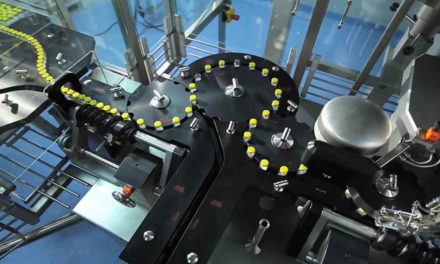By Nigel J Smart PhD, SMART Pharmaceutical Consulting
With a significant on-going drive towards continuous sustainable improvement in the pharmaceutical industry, causes of errors and implementation of various strategies towards root cause analysis have become high profile on the agenda of informed industry executives.
As an industry that is highly regulated, it is important for companies and the industry at large to have a consistent approach in relation to how this is to be handled.
It’s now widely recognized that human errors are the single biggest cause of deviations in pharmaceutical and biotechnology manufacturing plants. A statistic that causes concern to both regulators and business executives.
Faulty products damage confidence, cause delays and product shortages for the consumer and increase the overall cost of goods of the products being
manufactured, often due to rework scenarios, lost product or through additional processing and training.
Looking into how companies categorize failures, there are many sub-elements that are lumped under the general category of human errors, without very much granularity to explain the deficiencies between one error type and another. It’s often the case that until this breakout into sub-categorization is done, that a true picture evolves which then lends itself to a true corrective situation.
This is historically why CAPA’s that have used a blanket “re-train” solution to failure situations has not yielded sustainable solutions, and why some regulatory bodies have a rather jaundice reaction to CAPA plans that specify this as a key part of the solution to fix the situation.
As with many of the fundamentally successful mechanisms, the solution lies in the simplicity of a holistic approach that embraces techniques/tools, an empowered personally culture with comprehensive buy in and a reporting mechanism that encourages openness and transparency, rather than operating through a punitive approach.
In addressing these issues, there’s a need to review the methods of GMP training and learning, to assure that areas are covered which focus on specific needs to enhance human performance factors, rather than just complying with regulatory bullet points.
Borrowing from other industries that have similar issues provides a way to accelerate resolving our deficiencies in this respect.
In moving towards a more reliable outcome, industry is looking at borrowing from aerospace and nuclear industries. What’s advocated is more open reporting, more use of factor analysis and more effective standardized solutions.
Ultimately integrating this into the existing Quality Management Structure will not be easy, however with gains that are so compelling, it’s time for a move to change the current status quo.
Hopefully industry and regulators as a whole will embrace the challenge and force the much-needed change.






